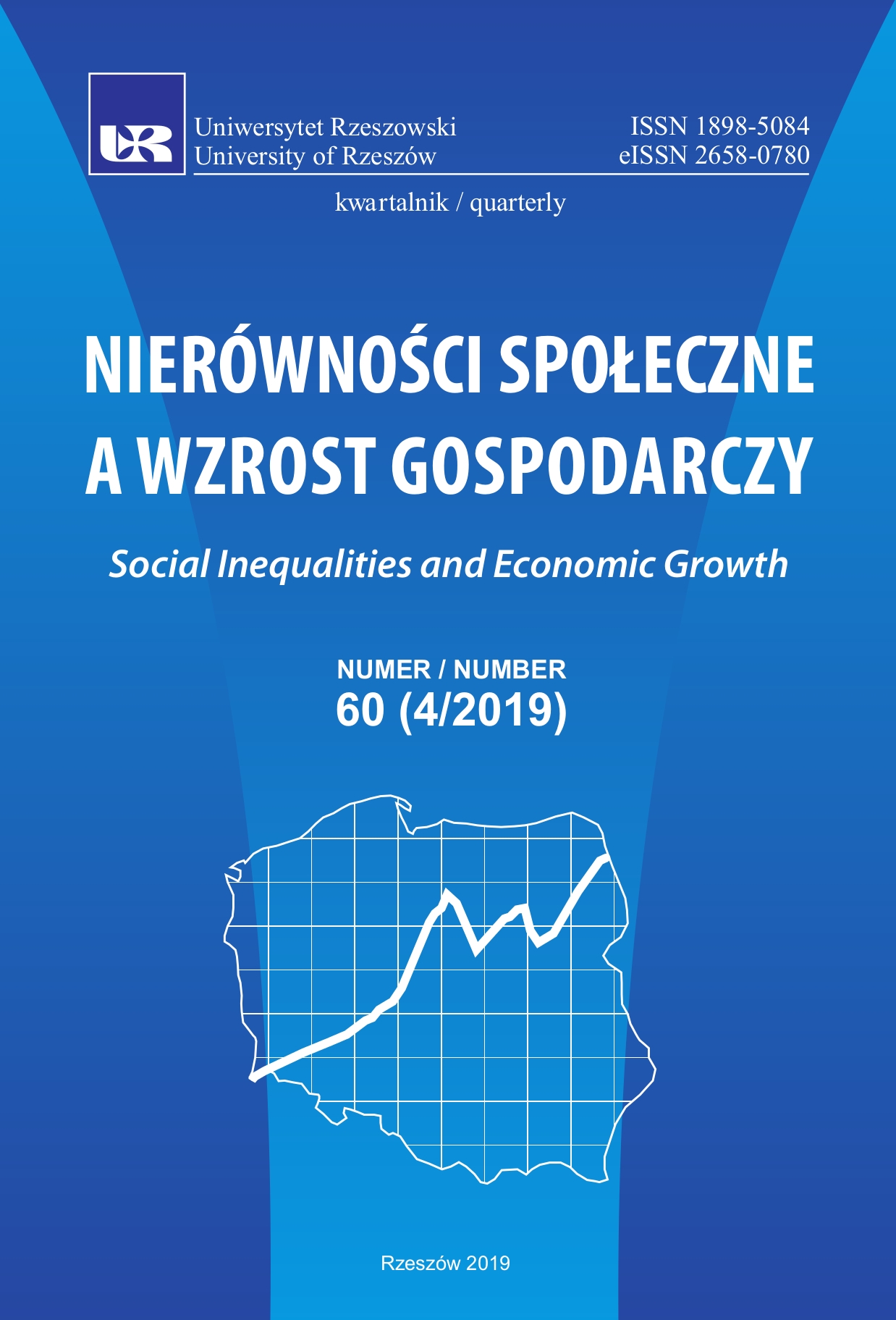Protection of human capital against depreciation as the primary reason for providing compensation
DOI:
https://doi.org/10.15584/nsawg.2019.4.11Keywords:
minimum wage, human capital, fair remuneration, workAbstract
The family is the only supplier of human capital to the labour market. A prerequisite for maintaining a proper level of human capital in the household is to provide the employee with a fair wage. A good wage is one that gives the opportunity to reproduce human capital at least on the same level, both in the short and long term. The growth and method of paying human capital is one of the main economic processes taking place in the household. Human capital has a unique character that is characterized by inalienability. The capital is individual and assigned to a specific holder of human capital. However, inalienable does not apply to the long period of generational exchange. Man, as the owner of capital, prepares his successors (children) to provide work and functioning in society. However, a reasonable remuneration does not guarantee full reconstruction of human capital. Families may be guided by various preferences when it comes to using their income at their disposal. Reasonable and creative actions of family members will lead to an additional increase in human capital. However, the lack of care for health or the use of available resources in a careless manner, e.g. alcohol abuse will lower its value. The purpose of this article is to present the role of the family in shaping human capital as well as an attempt to estimate the minimum fair remuneration in Poland, which will enable the reconstruction of human capital in the short and long-term through generational exchange.Downloads
Download data is not yet available.
Downloads
Published
2020-11-13
How to Cite
Oliwkiewicz, B. (2020). Protection of human capital against depreciation as the primary reason for providing compensation. Social Inequalities and Economic Growth, 4(60), 177–188. https://doi.org/10.15584/nsawg.2019.4.11
Issue
Section
Articles
License
Copyright (c) 2019 University of Rzeszow

This work is licensed under a Creative Commons Attribution-ShareAlike 4.0 International License.


